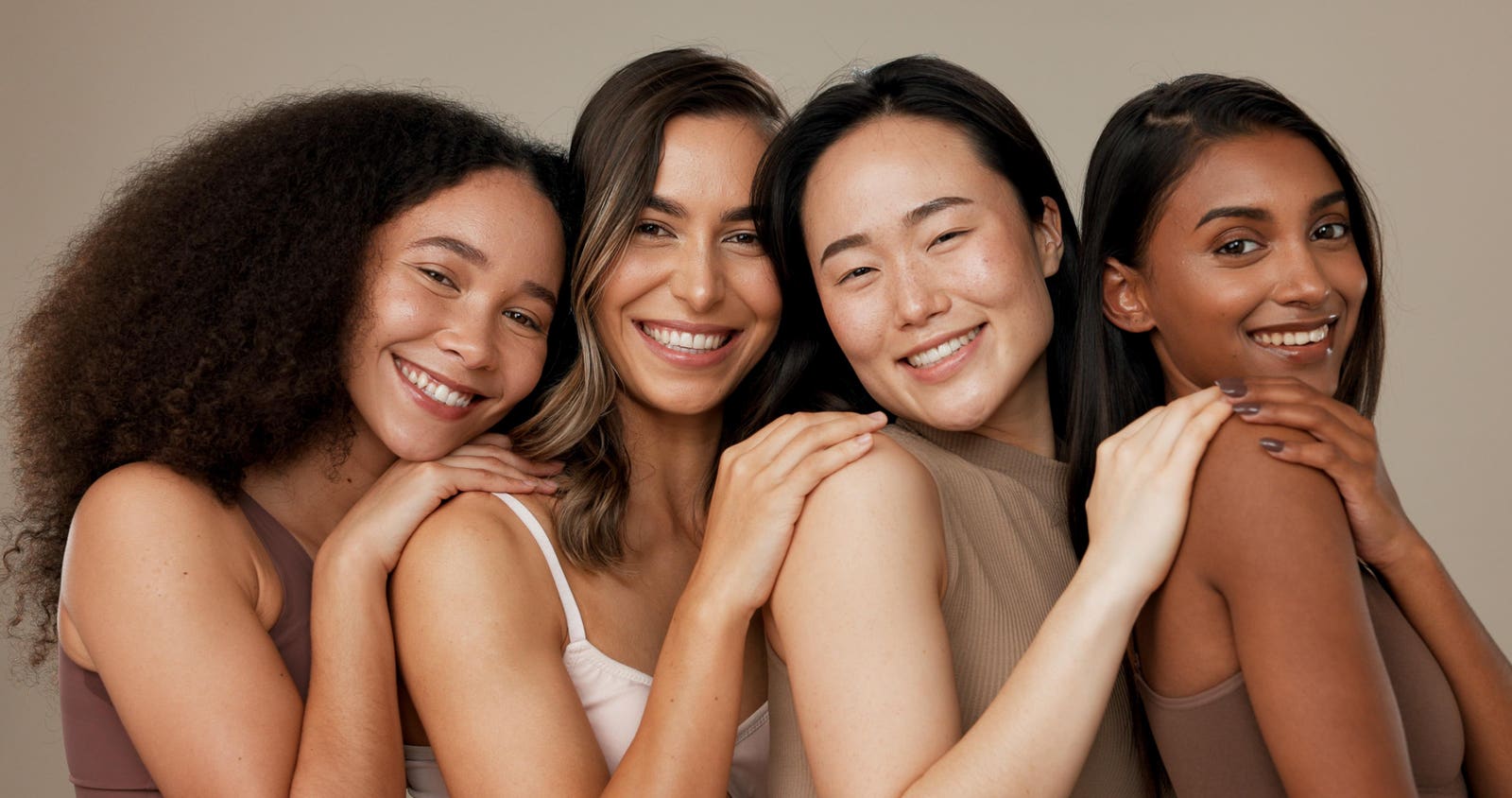What actually matters when our attractiveness is rated? According to new eye-tracking research, we … More
Intuition might tell you that attraction is a quick, instinctive reaction. However, according to recent research from The Laryngoscope, it’s anything but an instant impression — a fact that our eyes can confirm in real time.
By means of state-of-the-art eye-tracking technology, the December 2024 study uncovered the exact facial regions individuals tend to focus on when deciding how attractive someone is. In turn, the researchers were able to determine how those patterns changed depending on who’s looking.
Rather than showing participants digitally altered or highly stylized faces, the Mayo Clinic and Mayo Clinic Alix School of Medicine researchers used high-resolution photographs of real people from diverse racial and ethnic backgrounds; they had neutral expressions and no visible cosmetic enhancements.
As participants viewed each image, the eye-tracking system recorded precisely how long they looked at different facial regions, like the eyes, nose, mouth, hair, jawline, forehead and neck. Each face was shown for a mere ten seconds.
With the study’s novel findings, we now know which features consistently draw our attention, as well as how those preferences vary by gender. Here’s the six ways they were found to influence attractiveness ratings.
1. The Eyes, Nose And Mouth Matter Most Overall
The participants unanimously tended to spend the most time looking at the region often referred to as the “central triangle” of the face: the eyes, nose and mouth.
Since this area has long been considered crucial in social perception, participants likely focused their gaze on this region to gain clues on emotional expression, identity and intent. In fact, even the participants who weren’t told to evaluate attractiveness were naturally fixated on the central triangle.
Likely, this suggests that our focus on this region isn’t necessarily a conscious choice — it’s simply the first place the brain starts when processing faces.
Overall, this suggests that humans are inclined to concentrate most on the regions that carry information that is socially and biologically relevant to them. Regardless of whether or not we’re examining beauty, emotional cues or even trustworthiness, this region seems to be fundamental to how we form first impressions.
2. When Attractiveness Is The Goal, We Look Differently
When participants were specifically asked to judge attractiveness, their eye movements revealed far more intentional, consistent patterns. Compared to the free-gazing participants, the attractiveness-rating participants spent considerably more time scanning the mouth, nose and cheeks.
Likely, focus on these areas serves to evaluate symmetry, skin quality and youthfulness. Symmetry, in particular, is known to play an important role when evaluating whether someone has “good genes,” according to research from Evolution and Human Behavior.
In all likelihood, this specific finding suggests that our gaze becomes highly strategized when we’re consciously evaluating someone’s looks. We’re not just absorbing the overall impression — we’re analyzing. These regions offer us inferential clues about others’ health or genetic fitness, which ample evolutionary theories suggest are drivers of physical attraction.
It’s worth noting that participants judging attractiveness didn’t simply “look around” faces any more or less so than others. Rather, they looked differently; they directed their focus to facial regions that seemed to matter more for the task at hand.
3. Men Place A Lot Of Focus On Women’s Mouths
One of the most clear-cut gendered differences emerged when researchers examined how male participants judged female faces. Specifically, men spent significantly more time staring at the mouth. In turn, prolonged attention to the mouth was associated with much higher attractiveness ratings.
From a psychological perspective, this finding aligns with previous research. A 2023 study from Personality and Individual Differences demonstrates that men tend to emphasize features associated with youth and fertility when evaluating women’s attractiveness.
In this sense, the fullness of the lips or smoothness of the skin that surrounds them may be what draws their attention — given their integral role in facial expressiveness and sexual signaling.
4. Women Tend To Zero In On Men’s Eyes And Hair
While men honed in on the mouth, women focused much more attentively on men’s eyes and hair. Similarly, prolonged attention to both of these features contributed to higher attractiveness ratings.
Classic research from the Journal of Personality and Social Psychology suggests that women consider the eyes when rating attractiveness, largely in order to assess sociability and approachableness. This is highly plausible, given that they’re very often considered as “windows to the soul.”
Hair, on the other hand, might signal grooming habits and attention to self-care, whereas the hairline itself could be considered a measure of vitality.
Together, these two features could offer cues about a person’s personality, social status or health. For women, these psychological and social factors play a major evolutionary role in the assessment of a potential partner’s attractiveness.
5. Attractive Faces Are Associated With Alluring Eyes, Mouths And Hair
Overall, the study found that the longer participants spent looking at the mouth, hair and central triangle, the higher associated their given attractiveness ratings were — regardless of the participant’s gender.
Throughout the study, it became evident that these features played a central role in participants’ formation of positive first impressions. This is most likely due to the fact that they may provide insight that other facial regions can’t.
Hair reflects grooming, the mouth signals health and vitality and the central triangle is a strong indicator of symmetry. All of these factors seem to be appealing across different observers.
This isn’t to say that attractive people simply have “good features.” Rather, it likely means that when we consider someone attractive, these features tend to naturally draw our attention; they naturally stand out during our evaluations.
(Sidebar: While facial features can play a large role in how attractiveness is evaluated, they certainly aren’t the only features people consider. See here to learn about non-physical signals of attractiveness.)
6. Attention To The Forehead Or Neck Usually Signals Lower Attractiveness
Most interestingly, the study notes that not all visual attention is associated with attractiveness. More specifically, individuals whose faces drew more attention to the forehead or neck received significantly lower attractiveness ratings.
The authors of the study suggest that these areas could be perceived as visual distractions, particularly if they’re prominent. That is, when our gaze moves away from the central triangle and starts to linger on eye-catching features that are less informative or less symmetrical, it may reflect that something “feels off” — even if we can’t articulate what that is.
Do you spend a lot of time thinking about your facial features or appearance? Take this science-backed test to learn how your body image may be affecting your mental health: Body Image Questionnaire








